Telling produce farmers they need to clean up and pay attention to food safety stuff is a hard sell until there’s an outbreak.
.jpg) But what if there’s no outbreak?
But what if there’s no outbreak?
That was the situation 15 years ago when I started working with Ontario growers; outbreaks related to fresh produce were starting to become reported regularly in the U.S., the Food and Drug Administration was making rumblings about pathogen sampling (which can shut down cross-border trade) and produce exporters, like Ontario greenhouse veggie growers, were cautiously eyeing the situation.
But there hadn’t been any outbreak involving Ontario greenhouse product. Still hasn’t been (that anyone knows of).
Scare stories from other jurisdictions work to a point, pressure from retailers and others in the supply chain works better, but ultimately, when chatting with individual growers, it would usually come down to: I’ve been doing it this way all along and haven’t made anyone sick. So why should I change?
Public health types have adopted their own version of why change? It’s the increasingly heard, there-was-an-outbreak-but-the-product-was-gone-by-the-time-we-figured-it-out-so-there-was-no-ongoing-threat-to-public-health scenario; therefore, we didn’t have to tell anyone, publicly.
It happened with Fresh Express, the salad folks, that had some salmonella issues in 2010 in which people got sick.
It happened in several outbreaks involving Taco Bell, usually referred to as Mystery Restaurant A long after the fact.
According to long-standing policy at the Centers for Disease Control and the Food and Drug Administration, as long as it does not pose an ongoing public health risk, companies that .jpeg) may be the source of dangerous outbreaks are kept out of the headlines.
may be the source of dangerous outbreaks are kept out of the headlines.
"Companies voluntarily share information with CDC and FDA, so when we publish company or brand names and there is not a public health need to do, it could have the effect of discouraging such cooperation between our agencies and the food industry," an FDA spokesperson told ABC News.
And now it’s happened in Kansas.
In Jan. 2012, 18 people were sickened by campylobacter in raw goats milk from a dairy in south central Kansas. The sick people attended the same community function so the outbreak was identified and isolated quickly, so no public warning was ever issued – until Friday, in what was supposed to be a statement from state health-types about the dangers of raw milk.
Instead, it’s another example of outbreaks not being publicly disclosed. And if they aren’t disclosed, how is the public, or farmers or others to know there are problems? How can people become informed without access to information?
People are instead doing it themselves.
The Internet, social media, smartphones, and a host of other tools are providing increasing access to public information, and the private experiences of individuals. Because who doesn’t want to share stories of barfing or bad hookups on the Internet. The information will, increasingly, get out.
In California, there are recurring reports of at least nine children being sickened by campylobacter, in raw milk, from Claravale Farm. No word from public health.
Public health types have a tough job, separating the wheat from the chaff, the meaningful noise from background chatter; resources are diminishing. But establishing some ground .jpg) rules – and publicizing those rules – would help quell conspiracy theories and perhaps rebuild some public trust.
rules – and publicizing those rules – would help quell conspiracy theories and perhaps rebuild some public trust.
If people get sick, let it be known, sooner rather than later. Those stories are essential to support statistics. Otherwise I’m just another propeller-head who don’t know nothing about farming and food.
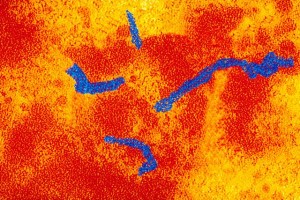 “It is extremely contagious. If you have been exposed or think you have it, do not go to your doctor — call them. You can spread it just sitting in the waiting room,” said Skip Cowan, community services coordinator for the Harvey County Health Department.
“It is extremely contagious. If you have been exposed or think you have it, do not go to your doctor — call them. You can spread it just sitting in the waiting room,” said Skip Cowan, community services coordinator for the Harvey County Health Department.
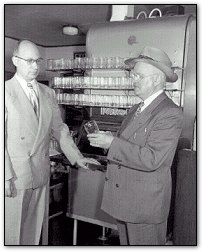
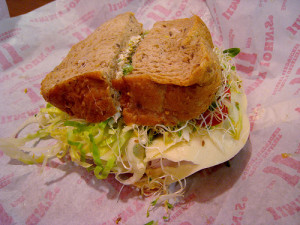
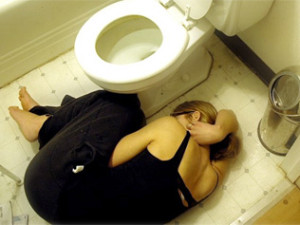
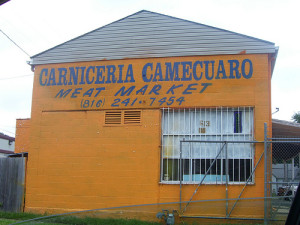
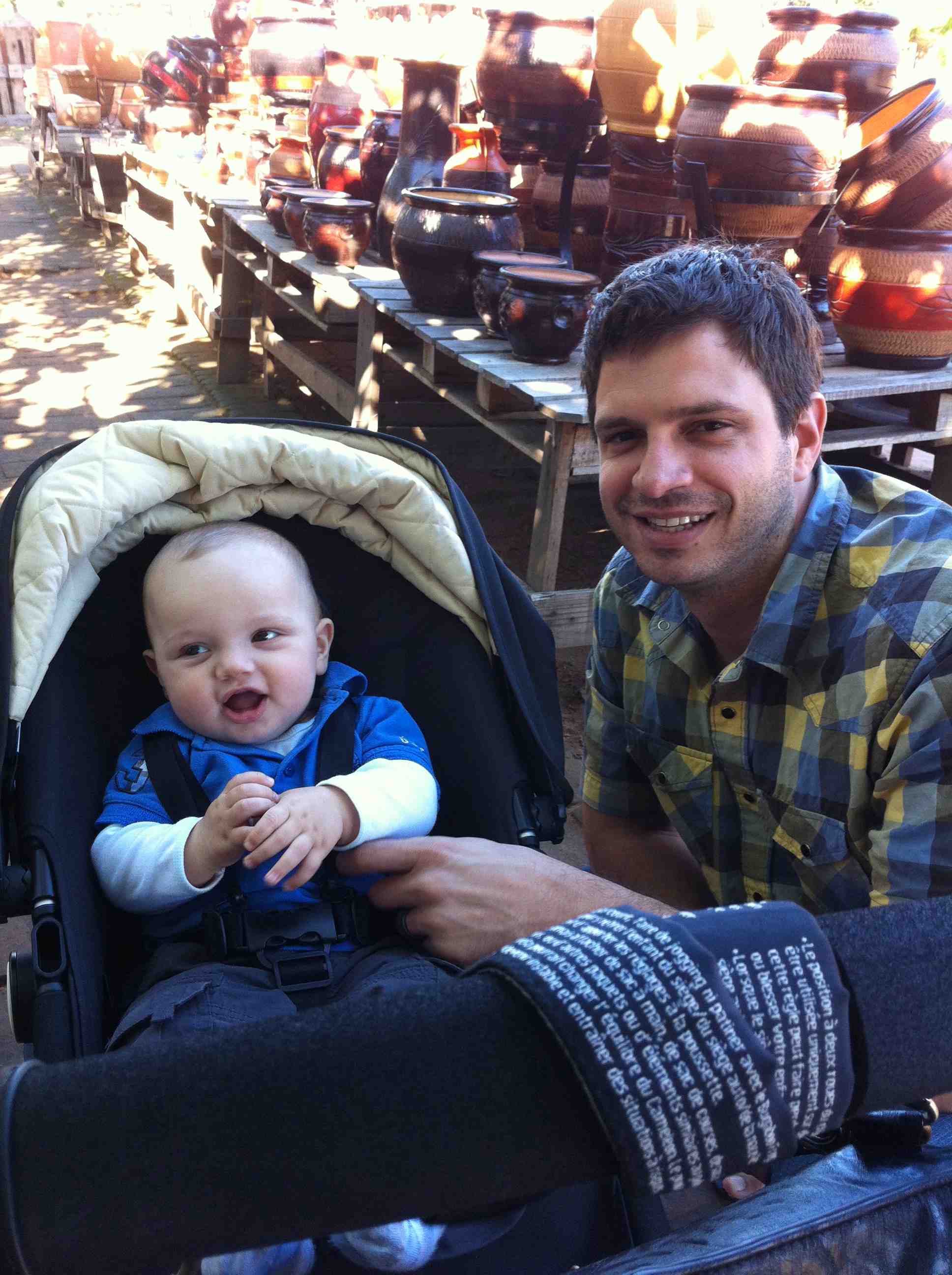 at the entrance if it was OK for me to walk through the pavilion with my corndog. To my surprise, she replied: “sure.” Both the U.S. Centers for Disease Control and the U.K. Health and Service Executive recommend against this.
at the entrance if it was OK for me to walk through the pavilion with my corndog. To my surprise, she replied: “sure.” Both the U.S. Centers for Disease Control and the U.K. Health and Service Executive recommend against this..jpg) But what if there’s no outbreak?
But what if there’s no outbreak?.jpeg) may be the
may be the .jpg) rules – and publicizing those rules – would help quell conspiracy theories and perhaps rebuild some public trust.
rules – and publicizing those rules – would help quell conspiracy theories and perhaps rebuild some public trust. But I can’t make her lunch.
But I can’t make her lunch.